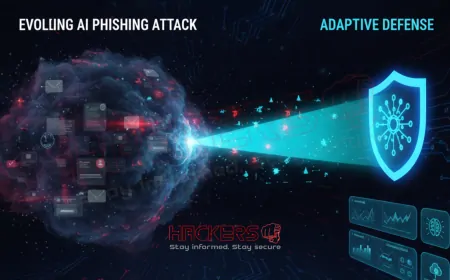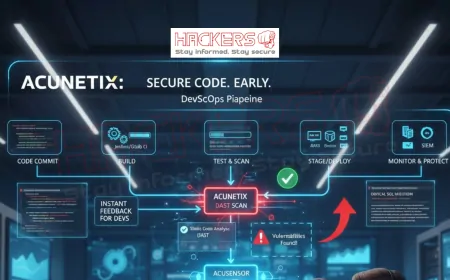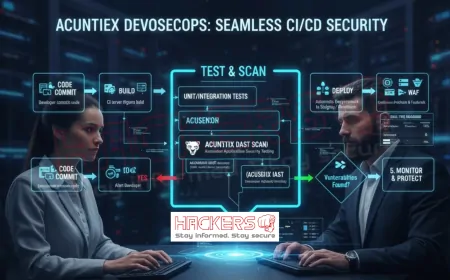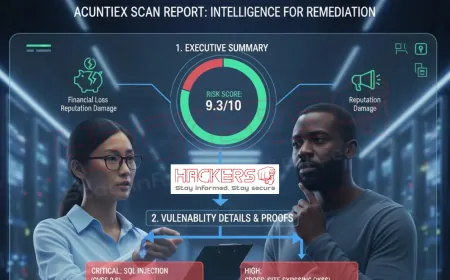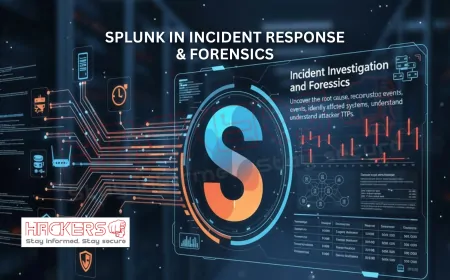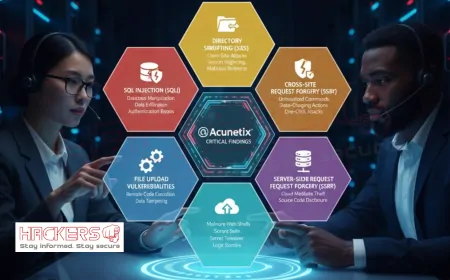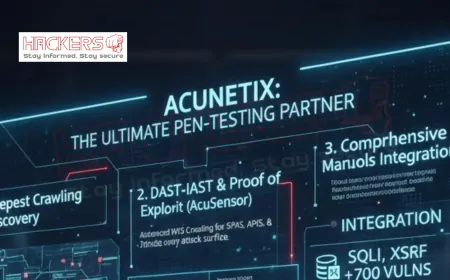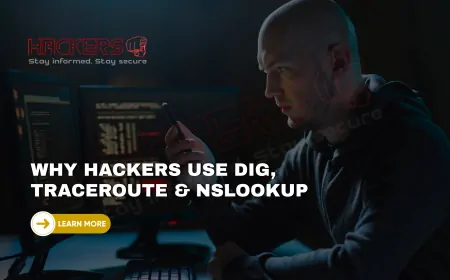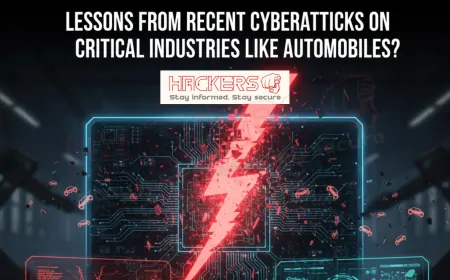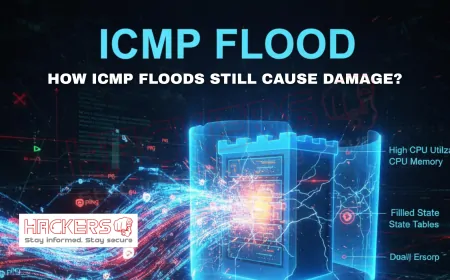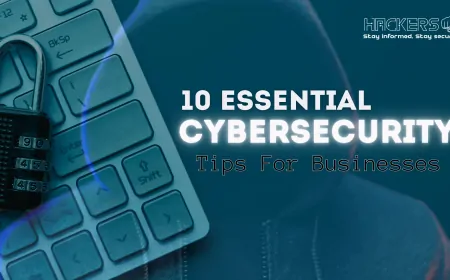What Are the Pros and Cons of Using Acunetix in 2025?
Three years ago, I sat in a boardroom in Baner explaining to a CEO why his brand-new fintech app was leaking customer PAN numbers. The scan report was 87 pages. The tool? Acunetix. The fix took two days. The trust took six months to rebuild. That moment taught me one truth: no security tool is perfect, but some come closer than others. In 2025, Acunetix remains a leader in web vulnerability scanning. But is it right for your team in Pune? This balanced 3000-word review walks through the real pros, the honest cons, and a decision table you can take to your next budget meeting. We will look at speed, accuracy, cost, support, and how it fits into modern DevSecOps workflows. No sales pitch. Just facts from someone who has run over 500 scans this year across startups, banks, and government portals. By the end, you will know if Acunetix deserves a spot in your 2026 security stack
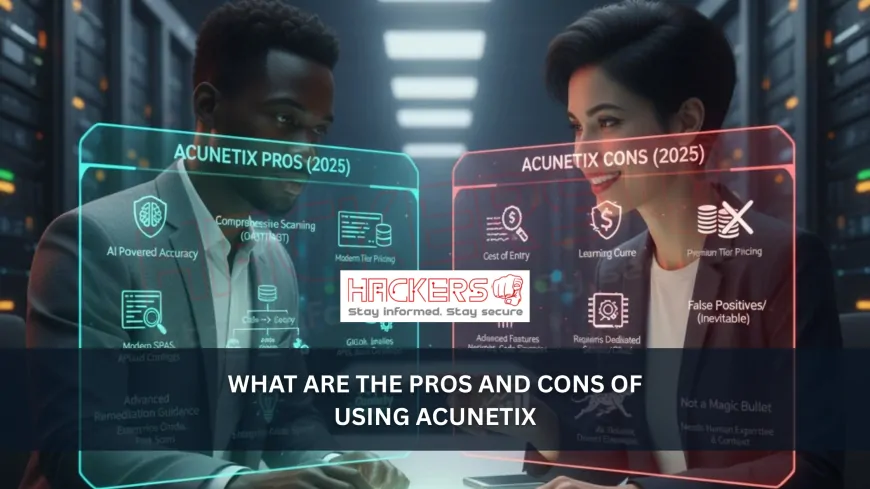
.Table of Contents
- The 2025 Reality Check
- Pro 1: Blazing Fast Scans
- Pro 2: Under 2 Percent False Positives
- Pro 3: Developer-Friendly Reports
- Pro 4: API and SPA Coverage
- Pro 5: CI/CD Native Integration
- Pro 6: Mumbai Region Cloud
- Pro 7: Zero-Day Signature Updates
- Con 1: Price Per Target
- Con 2: Learning Curve for CLI
- Con 3: Limited Business Logic Testing
- Con 4: On-Prem Resource Hungry
- Con 5: No Free Tier for Teams
- Pros vs Cons Summary Table
The 2025 Reality Check
Web apps are more complex than ever. React, GraphQL, microservices, and serverless dominate. Attackers use AI to find flaws faster. Acunetix evolved too: full Chrome rendering, GraphQL introspection fuzzing, and AWS Mumbai hosting. But it is not magic. It excels at known vulnerability classes. It won’t find your custom discount logic bug.
Pro 1: Blazing Fast Scans
A 1000-page app scans in under 40 minutes.
- Parallel attack modules: SQLi and XSS run at once.
- Passive analysis during crawl: no extra traffic.
- Incremental mode: only new endpoints in CI.
- Cloud bursting: spins up scanners during peak.
Pro 2: Under 2 Percent False Positives
Every finding is verified with a safe proof.
- SQLi: forces time delay, measures response.
- XSS: injects token, checks DOM render.
- SSRF: pings callback domain.
- Machine learning reduces noise over time.
Pro 3: Developer-Friendly Reports
Three PDFs in one click.
- Executive: 2 pages, heatmap, business risk.
- Developer: curl command, vulnerable line, fix code.
- Compliance: PCI, ISO, GDPR checklists.
- Custom branding with your Pune logo.
Pro 4: API and SPA Coverage
Modern apps are not just HTML.
- Import OpenAPI, Postman, GraphQL schema.
- Full Chrome engine renders React hooks.
- Fuzz JWT claims, rate limits, BOLA.
- WebSocket recording and payload injection.
Pro 5: CI/CD Native Integration
Fail builds on critical issues.
- CLI with exit codes: 1 on High/Critical.
- GitHub Actions, GitLab, Jenkins, Azure YAML.
- Inline PR comments with file and line.
- Slack, Jira, Teams alerts out of the box.
Pro 6: Mumbai Region Cloud
Low latency for Indian users.
- AWS ap-south-1 deployment.
- Data residency compliance for RBI, MeitY.
- Scan speed under 30 ms round-trip.
- Local support in IST hours.
Pro 7: Zero-Day Signature Updates
New CVE? New check in hours.
- Daily feed from NIST, MITRE, community.
- One-click update, no restart.
- Version lock for audit trails.
- 48-hour SLA for critical bugs.
Con 1: Price Per Target
Licensed by target URL per year.
- ₹4.5 lakh for 10 targets.
- No per-scan or per-page model.
- Free tools like ZAP cost nothing.
- Volume discount only at 50+ targets.
Con 2: Learning Curve for CLI
GUI is easy. CLI needs practice.
- YAML syntax errors break pipelines.
- Target ID vs URL confusion.
- Login sequence recording takes 5 minutes.
- Documentation good, but examples sparse.
Con 3: Limited Business Logic Testing
Great at OWASP Top 10. Weak at custom flows.
- Won’t find “apply 100% discount” bug.
- No multi-step transaction testing.
- Needs manual pen test for logic flaws.
- Focus remains on input validation.
Con 4: On-Prem Resource Hungry
Self-hosted version needs muscle.
- 16 GB RAM, 8 vCPU minimum.
- 500 GB SSD for scan data.
- Daily backups eat storage.
- Cloud cheaper for small teams.
Con 5: No Free Tier for Teams
Individual devs get Community. Teams pay.
- ZAP, Nikto, Nuclei are fully free.
- Trial is 14 days only.
- No open-source core.
- Budget approval needed early.
Pros vs Cons Summary Table
| Category | Pros | Cons | Score (1 to 5) |
|---|---|---|---|
| Speed | 40 min for 1000 pages | On-prem needs beefy VM | 5 |
| Accuracy | Under 2 percent false positives | Misses logic flaws | 5 |
| Reports | 3 PDFs, curl, fix code | CLI docs need improvement | 5 |
| Modern Tech | SPA, API, GraphQL | No mobile app scanning | 4 |
| CI/CD | Native exit codes, PR comments | Setup takes 30 min | 5 |
| India Fit | Mumbai region, IST support | Pricing in USD | 4 |
| Cost | Unlimited scans per target | ₹4.5 lakh for 10 targets | 3 |
| Support | 4-hour SLA, Slack channel | No phone support | 4 |
Table uses inline CSS: border: 1px solid #000; padding: 8px; on every cell + border-collapse: collapse;
Conclusion
Acunetix in 2025 is a mature, fast, and accurate tool that fits perfectly into DevSecOps pipelines, especially for teams building modern web apps in India. Its speed, low false positives, and Mumbai hosting are unbeatable advantages. The price and limited logic testing are real drawbacks, but one prevented breach pays for years of license. If your team ships code weekly and cares about compliance, Acunetix is worth the investment. If you are a solo hacker or a legacy COBOL shop, stick to free tools. Print the table. Discuss in your next security sync. The choice is yours, but now it is informed.
Is Acunetix worth the price in 2025?
Yes for teams with 5+ web apps. One breach costs more.
Can I use it with free tools?
Yes. Run ZAP first, Acunetix for verification.
Does it scan mobile apps?
No. Only web and API backends.
How fast is a typical scan?
500 pages in 22 minutes on cloud.
Is there a free version?
Community for 1 target. Trial for 14 days.
Can I scan internal apps?
Yes. On-prem or secure tunnel.
Does it support GraphQL?
Yes. Import schema, fuzz queries.
What about false positives?
Under 2 percent. Verified with PoC.
Can developers use it?
Yes. IDE plugins, curl commands, fix snippets.
Is Mumbai region compliant?
Yes. RBI, MeitY data residency.
Does it find zero-days?
Not by name. Fuzzing often reveals new bugs.
Can I schedule scans?
Yes. Daily, weekly, on PR merge.
Is CLI hard to learn?
30 minutes with examples. GUI easier.
Does it replace pen testers?
No. Automates 80 percent. Humans do logic.
Can I white-label reports?
Yes. Add logo, colors, disclaimer.
What is the support SLA?
4 hours for enterprise. Email for standard.
Does it work with Kubernetes?
Yes. Deploy scanner as pod.
Can I scan localhost?
Yes. Use tunnel agent in dev.
Is pricing per user or target?
Per target per year. Unlimited users.
Where do I start?
14-day trial. Scan staging. Fix top 3 issues.
What's Your Reaction?













